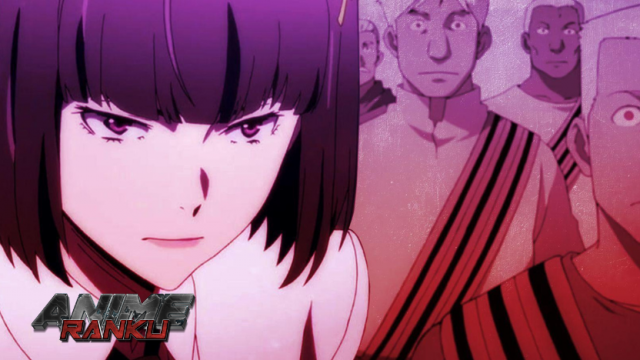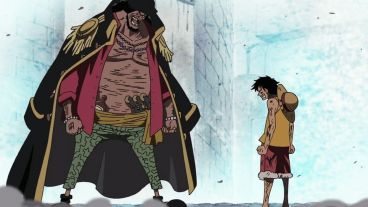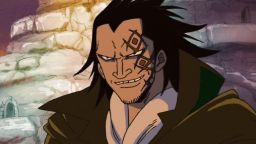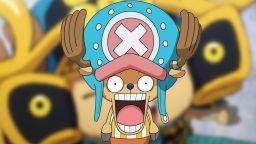Bungo Stray Dogs Season 4 chose an unexpected tone shift with Episode 9, shifting from action-packed fight scenes and quirky character introductions to the slow and deeply unsettling flashback revelation of Yosano's war-torn childhood. The show used one of his most common elements, the time jump, to go back 15 years and recount the story of a senseless massacre in a self-contained mini-arc. Yosano, who was only 11 years old at the time, was heartlessly exploited for her talent and transformed into the 'Angel of Death.'
The anime world transforms into a much more realistic, high-stakes stage for human cruelty and unimaginable suffering as Yosano painfully recounts her experience. As with other works, war is where Bungo Stray Dogs shines brightest, its profound humanity striking the viewer where it hurts. The unjustifiable bloodshed of the fight Yosano is forced to participate in has been seen before in anime, with Fullmetal Alchemist's Ishval Civil War being perhaps the most masterful example.
Yosano's 'Angel of Death' Moniker is Finally Definable by Bungo Stray Dogs

It’s not clear which war it is or where it’s set, but the details are not extremely important. All the audience knows is that 15 years ago, an island appeared in the ocean and became the center of a conflict that seemed impossible to win. "Our side," Yosano says, was being outnumbered and outgunned -- that is, until Mori, the leader of the Port Mafia, brought Yosano into the fight.
Yosano, merely a child at the time, had been found by Mori and convinced to help through her mesmerizing gift to save people’s lives. And she did -- she cured injured soldiers of broken legs and gaping wounds, allowing them to go back to the battlefield and fight again. She became their 'angel' -- until her gift turned into a curse, her ability to save a soldier’s life the only thing keeping him from going home and finally finding peace. The war turned into an infinite loop of terror and agony and Yosano into the soldiers' 'Angel of Death.'
Such a shift in the anime’s focus is justified only by the need to show humanity’s capacity for horror. The brutality is as much physical as it is psychological; viewers are faced with bleeding, screaming men praying for death to give them comfort and a little girl forced to keep them alive and slowly descending into madness because of it. It’s a disturbing, incredibly moving episode that may remind viewers of what was said of the Great War, or WWI -- a massacre made possible by new technology that turned war into an even more sordid affair, a global-sized genocide.
Yosano's War Trauma Recalls Ishval Civil War in Fullmetal Alchemist

The same senseless violence and bloodshed can be found in Fullmetal Alchemist’s "Ishval Civil War" arc. When recounting the genocide that State Alchemists, such as Roy Mustang and Mae Hughes, were grudgingly part of, the spotlight is on the overpowering superiority of the Amestris military that turned a war into a massacre. While the Ishval rebels were initially able to hold their ground thanks to the help of a neighboring state, once the State Alchemists were dispatched to the front, their fate was sealed.
Like the Gifted, the State Alchemists’ special abilities turned them into perfect weapons of mass destruction. Roy Mustang’s unstoppable fire couldn’t be prevented or countered, making him a killing machine, more similar to a demon than a human being. Like Yosano, Roy and the other State Alchemists started losing their humanity -- and their sanity -- the more people they were asked to slaughter.
Another similarity comes from the hidden machinations behind the conflicts and the exploitation of 'gifted' individuals. In Bungo Stray Dogs, Mori’s objective is to show the government that wars must be fought using Gifted, who are almost akin to the latest military technology. His goal isn’t to save soldiers but to keep them in an endless living hell. In Fullmetal Alchemist, on the other hand, Bradley and the homunculi -- Mori’s counterparts -- instigate the Ishval conflict in order to cause bloodshed and create the Nationwide Transmutation Circle. In both cases, casualties are treated as mere cogs in the machine that is someone else’s plan.
With its Depictions of war, Anime Consistently Excels

Another excellent war arc or episode to add to the list is Bungo Stray Dogs Season 4, Episode 9. Aside from Fullmetal Alchemist, other examples of works or arcs with a military subject have succeeded in displaying anime at its finest. The most recent example of how long-lasting conflicts and intricate politics can be woven into a gripping story is in Attack on Titan. The fact that Attack on Titan is undoubtedly the most well-known anime of the past ten years is not a coincidence.
This is a long tradition that goes back all the way to the '80s and '90s. Before modern series, films like Akira and Ghost in the Shell set the tone for generations to come, their respective worlds devastated by war and destroyed by dehumanizing technology reminiscent of the Japanese war trauma that would last for decades. A more recent brilliant example of this is the 12-episode anime Terror in Resonance, whose protagonists are the generation that had to suffer because of the war fought by their ancestors. Even more recently, Chainsaw Man reprised a lot of these themes, albeit in a more fantastical setting.
There is a reason why anime – and other media, for that matter – keeps returning to war, brutality, and sorrow. Conflict is at the heart of human society, and stories about war speak of the universal human experience: what it means to suffer, what choices people make in extreme situations, why cruelty exists, and what people can do to understand and avoid it. Characters confronted with war are the most relatable to the audience, their anguish and bravery resonating with the most life-altering human experiences: those that force people to choose between good and evil, bravery and cowardice, empathy and hatred.






